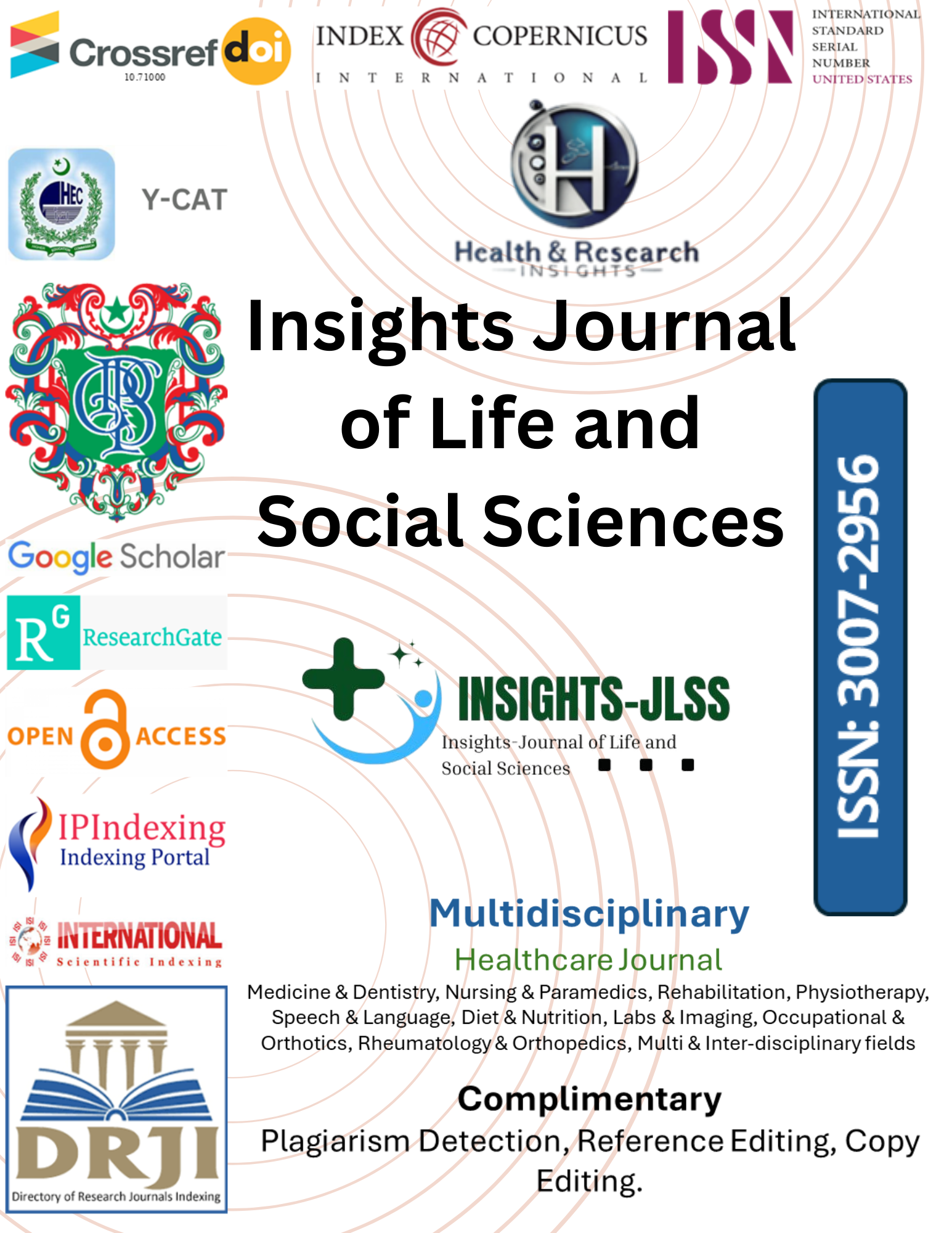PREVALENCE OF LEFT VENTRICULAR HYPERTROPHY IN UNDIAGNOSED HYPERTENSIVE ADULTS USING ECG SCREENING A CROSS SECTIONAL STUDY
Main Article Content
Abstract
Background: Left ventricular hypertrophy (LVH) is a common but often undetected consequence of sustained hypertension and is associated with increased cardiovascular risk. Undiagnosed hypertension in asymptomatic adults may silently contribute to cardiac remodeling, which can be effectively screened using electrocardiography (ECG), especially in resource-limited settings.
Objective: To determine the frequency of electrocardiographically detected LVH in asymptomatic adults with previously undiagnosed hypertension.
Methods: A cross-sectional study was conducted at a tertiary care center including 384 adults aged 30–60 years with no known history of hypertension or cardiovascular disease. Blood pressure measurements were used to classify participants as hypertensive or normotensive. Standard 12-lead ECGs were analyzed using Sokolow-Lyon and Cornell voltage criteria to detect LVH. Data were analyzed using SPSS version 26.0, with significance set at p<0.05.
Results: Of the 384 participants, 134 (34.9%) were found to have previously undiagnosed hypertension. ECG evidence of LVH was present in 88 individuals (22.9%). Among hypertensive participants, LVH was detected in 38.1% compared to 10.6% in normotensives (p<0.001). Sokolow-Lyon criteria identified LVH in 18.8% and Cornell voltage criteria in 16.7%; 12.5% fulfilled both criteria. Males exhibited a higher prevalence of LVH than females (25.8% vs 19.2%).
Conclusion: ECG screening effectively identified a substantial burden of LVH among asymptomatic adults with undiagnosed hypertension. These findings support the integration of ECG into routine screening programs to facilitate early detection and prevention of cardiovascular complications.
Article Details

This work is licensed under a Creative Commons Attribution-NonCommercial-NoDerivatives 4.0 International License.
